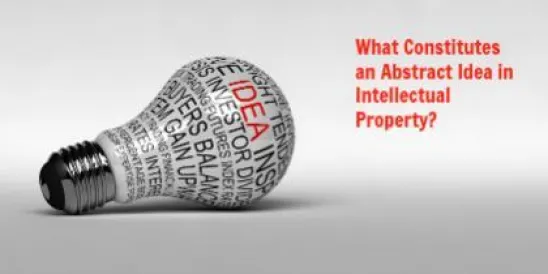In its decision to institute an inter partes review (IPR) of a design patent related to a slow cooker buffet server, the U.S. Patent and Trademark Office’s (PTO) Patent Trial and Appeal Board (PTAB or Board) ruled that the patent at issue was unpatentable, agreeing with petitioner that the challenged patent was anticipated and rendered obvious by the prior art. Sensio, Inc. v. Select Brands, Inc., Case No. IPR2013-00500 (PTAB, Feb. 9, 2015) (Wood, APJ).
Petitioner Sensio filed for IPR of Select Brand’s design patent directed to the ornamental design for a multiple crock buffet server. Sensio based its claim of unpatentability on three prior art references, claiming each one anticipates and renders obvious the challenged patent. The earliest publication date of these three references was April 21, 2010.
Select Brands did not dispute that the three prior art references disclosed the claimed design, but argued that the design of the challenged patent was reduced to practice prior to April 21, 2010, thereby antedating the prior art. Select Brands relied on the nearly identical declarations of the three named inventors in support of this contention. The inventors alleged that a prototype embodying the claimed design was made by a Chinese company for Select Brands at their direction in January 2010. Select Brands provided technical documents to corroborate the earlier reduction to practice, all of which were dated after the first prototype was built.
Sensio argued that the Chinese prototype cannot inure to the benefit of the inventors since the inventors did not conceive the claimed design. In response, Select Brands argued that because it had demonstrated actual reduction to practice before the April 21, 2010 date, conception was irrelevant.
The Board disagreed, stating that Select Brands must show that it conceived the design and communicated the design to the Chinese company in order for the prototypes made by the Chinese company to inure to Select Brand’s benefit. According to the Board, this aligns with “the Federal Circuit’s view that conception must be shown whenever a party seeks the benefit of another party’s reduction to practice.”
Turning to the sufficiency of the evidence produced by Select Brands to prove earlier conception, the Board held that inventor testimony alone is not enough—corroboration must be shown. This corroboration cannot be testimony from another co-inventor. The Board also considered the technical documents Select Brands provided, but found they did not “address the claimed ornamental design, much less who conceived the design.”
The Board also found troublesome the lack of evidence of communication from Select Brands to the Chinese company prior to when the prototype was delivered, noting that, in Woodland Trust, “the Federal Circuit found significant ‘the absence of any physical record to support the oral evidence,’ despite the ‘ubiquitous paper trail of virtually all commercial activity’ that normally exists ‘in modern times.’”
The Board concluded that Select Brand’s challenged patent is anticipated by, and would have been obvious in view of, each of the three prior art references relied on by Sensio.



 />i
/>i
